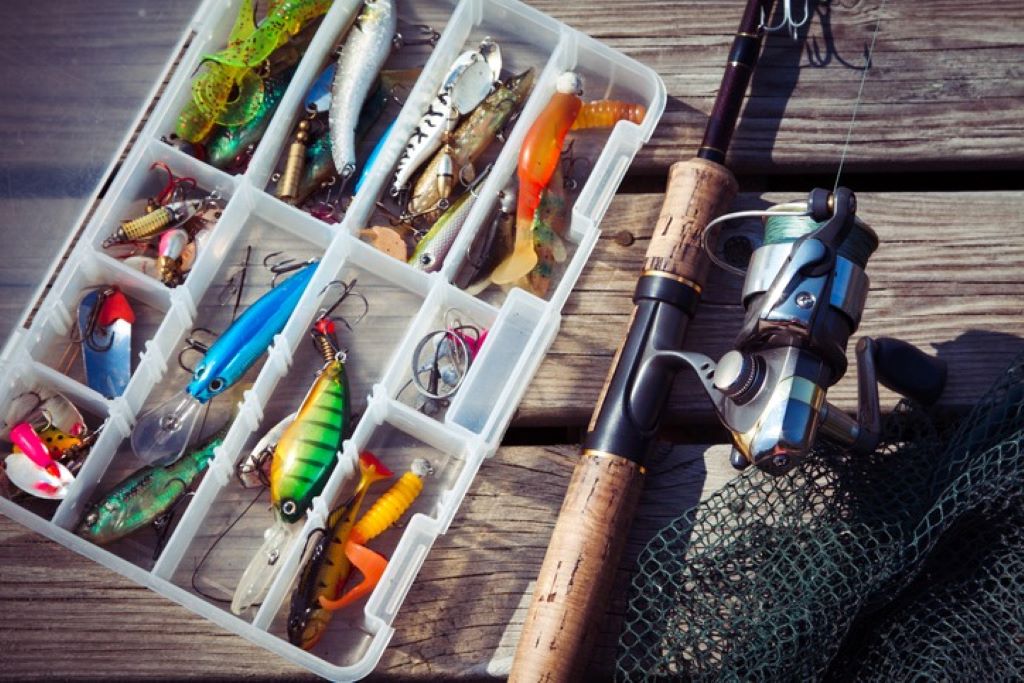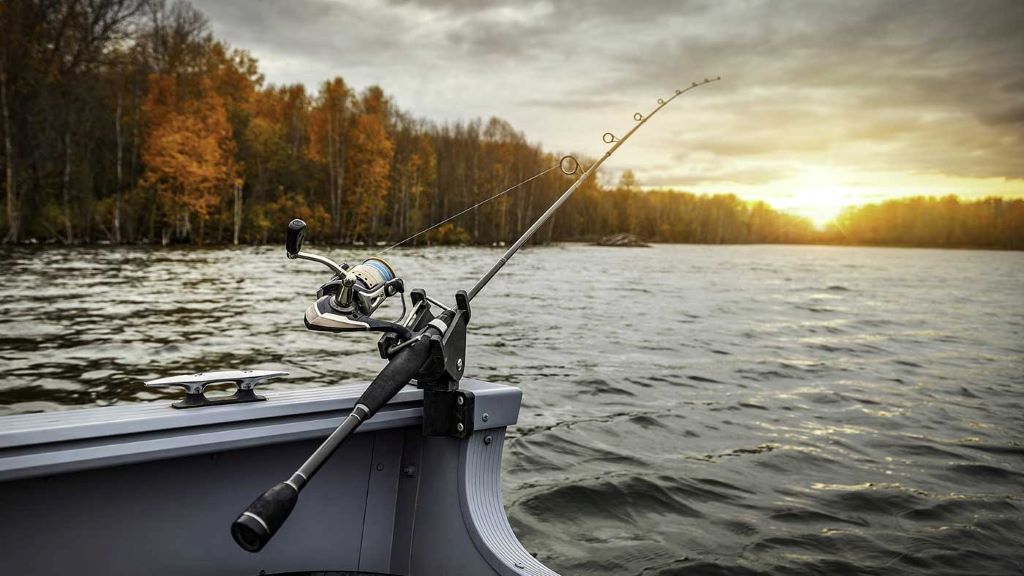Fishing isn’t just about casting a line—it’s about understanding your environment. The right gear varies dramatically depending on whether you’re fishing a mountain stream, a coastal bay, or deep ocean waters. In this fishing gear breakdown: what you really need for every type of water, we’ll cut through the clutter and zero in on essentials, saving you money and time while boosting success.
Freshwater Fishing: Rivers, Lakes, and Ponds
Rod & Reel Selection
Freshwater fishing doesn’t demand heavy-duty equipment, but the right combo matters. A 6’6” to 7’ medium spinning rod paired with a 2500–3000 size reel fits 80% of scenarios. This setup offers flexibility for bass, trout, panfish, and more. According to Field & Stream, 75% of North American anglers prefer spinning gear in freshwater due to its ease of use and versatility.
Line Type & Test
For general freshwater use, a monofilament line between 6–12 lb test is ideal. It’s forgiving, floats slightly, and handles a variety of lures. However, if targeting large catfish or pike, opt for braided line (20–30 lb) with a fluorocarbon leader for abrasion resistance.
Must-Have Tackle
- Soft plastics (worms, grubs, swimbaits)
- Topwater lures (poppers and frogs for early morning)
- Crankbaits and spinnerbaits (covering water quickly)
Additionally, bring a good landing net and needle-nose pliers. They’re overlooked but vital for safety and fish handling.
Saltwater Fishing: Inshore and Offshore
Inshore Needs
Fishing bays, estuaries, and flats? You’ll need corrosion-resistant gear. A medium-heavy spinning rod (7–7.5 ft) with a 4000–5000 reel and a braided line (20–30 lb) provides casting distance and power.
Species like redfish, snook, and sea trout often feed near oyster beds and mangroves, so you’ll need durable lures. Salt Strong, a popular fishing education site, recommends soft jerkbaits and paddle tails rigged weedless for these areas.
Offshore Essentials
When heading into deeper water, gear strength becomes critical. A conventional rod and reel combo, rated for 30–80 lb class line, suits most bottom-fishing or trolling setups. Expect to fight powerful species like tuna, snapper, or mahi-mahi.
Offshore lures should include:
- Vertical jigs for bottom species
- Trolling skirts for pelagic fish
- Poppers for surface-feeding action
Don’t forget a fish finder, gaff, and safety equipment. Saltwater fishing is rewarding but demands preparation.
Fly Fishing: Streams, Rivers, and Flats
Rods and Reels
Fly fishing is technique-focused. For small trout streams, a 3–5 weight rod offers accuracy and sensitivity. For larger rivers or bass, step up to a 6–8 weight.
In saltwater flats, a 9–10 weight rod handles wind and stronger fish like bonefish or tarpon. Reels need strong drags and corrosion resistance, especially in salt environments.
Flies and Leaders
Your fly box should match the hatch. Common choices include:
- Dry flies for trout
- Clouser minnows for saltwater
- Nymphs and streamers for deeper fish
Use tapered leaders and tippets sized according to your rod and target species. Leaders should be longer in clear, shallow water to avoid spooking fish.
Ice Fishing: Frozen Lakes and Reservoirs
Rods, Reels, and Line
Ice rods are short and sensitive—usually 24 to 36 inches. Pair them with small inline or spinning reels loaded with fluorocarbon (4–8 lb test), which remains strong in cold temperatures.
Essential Tools
- Ice auger (manual or powered)
- Flasher or sonar unit to locate fish
- Tip-ups for passive fishing
Lures should include:
- Jigging spoons
- Live bait rigs
- Soft plastic grubs
Layering properly with waterproof, insulated gear is as important as tackle. Safety should never be compromised.
Kayak Fishing: Rivers, Lakes, and Inshore
Compact and Mobile Gear
Space is limited on kayaks. Choose telescoping or two-piece rods and lightweight spinning reels. A crate system helps store tackle, tools, and safety gear efficiently.
Kayak-specific gear includes:
- Rod leashes
- Anchor systems
- Fish grips
A personal flotation device (PFD) with gear storage is non-negotiable. Many anglers now use pedal kayaks, allowing hands-free fishing, which boosts casting and control.
Surf Fishing: Beaches and Jetties
Long Casting Equipment
You need distance to reach fish beyond the breakers. A 10–12 ft surf rod matched with a 6000–8000 spinning reel works well. Load it with braid (30–50 lb) and a shock leader to prevent line snaps on heavy casts.
Surf essentials:
- Sand spike rod holders
- Heavy pyramid sinkers
- Cut bait rigs
Tide charts, weather patterns, and bait migrations influence surf fishing more than other styles. Knowing the conditions is key to success.
Universal Must-Haves for Every Water
- Polarized sunglasses: Cut glare and spot fish.
- Multi-tool or pliers: For hook removal and line cutting.
- Dry bag: Keeps electronics and documents safe.
- Tackle organizer: Prevents clutter and saves time.
- First-aid kit: Always be prepared for minor injuries.
The Logic Behind the Gear Choices
Different water types present different challenges. In saltwater, corrosion and stronger fish demand heavier, more resilient equipment. Freshwater requires finesse and versatility. Fly fishing leans on technique and presentation. Ice fishing needs cold-resistant tools. Kayak fishing emphasizes portability, and surf fishing is about distance and endurance.
Fishing without the right gear often leads to frustration. According to a 2023 Outdoor Industry Association report, 40% of anglers cited improper gear as a major reason for unsuccessful trips. Logic suggests matching your setup to your fishing conditions increases your catch rate and overall experience.
FAQs
- What’s the best all-around fishing rod setup?
A medium-power spinning rod (6’6”–7’) with a 2500–3000 reel is the most versatile for freshwater. - Can I use freshwater gear in saltwater?
Technically yes, but it’s not advised. Salt corrodes non-protected components quickly. Always rinse your gear after. - Is braided line better than monofilament?
Braided line offers sensitivity and strength but lacks stretch. Mono is more forgiving and beginner-friendly. - How do I choose lure colors?
Match the hatch. In clear water, use natural tones. In murky water, opt for bright or contrasting colors. - What gear do I need for fly fishing in saltwater?
Use a 9–10 weight rod, large arbor reel with sealed drag, and salt-resistant flies like clousers or crab patterns. - Do I need a fish finder for ice fishing?
Yes, a sonar unit greatly improves catch rates by locating fish below the ice. It’s worth the investment. - How often should I replace fishing line?
Change mono every season. Braid lasts longer but should be checked for frays regularly.
Final Thought
Fishing success doesn’t depend on luck alone—it’s about having the right tools for the water you’re on. With this fishing gear breakdown: what you really need for every type of water, you’ll be equipped to handle any situation, from calm lakes to roaring surf. Choosing gear logically, based on conditions and target species, leads to more bites, better fights, and lasting memories. Fish smarter—not harder—and let the water guide your setup.
Read More:
8 Things to Bring for Your Fishing Adventure







